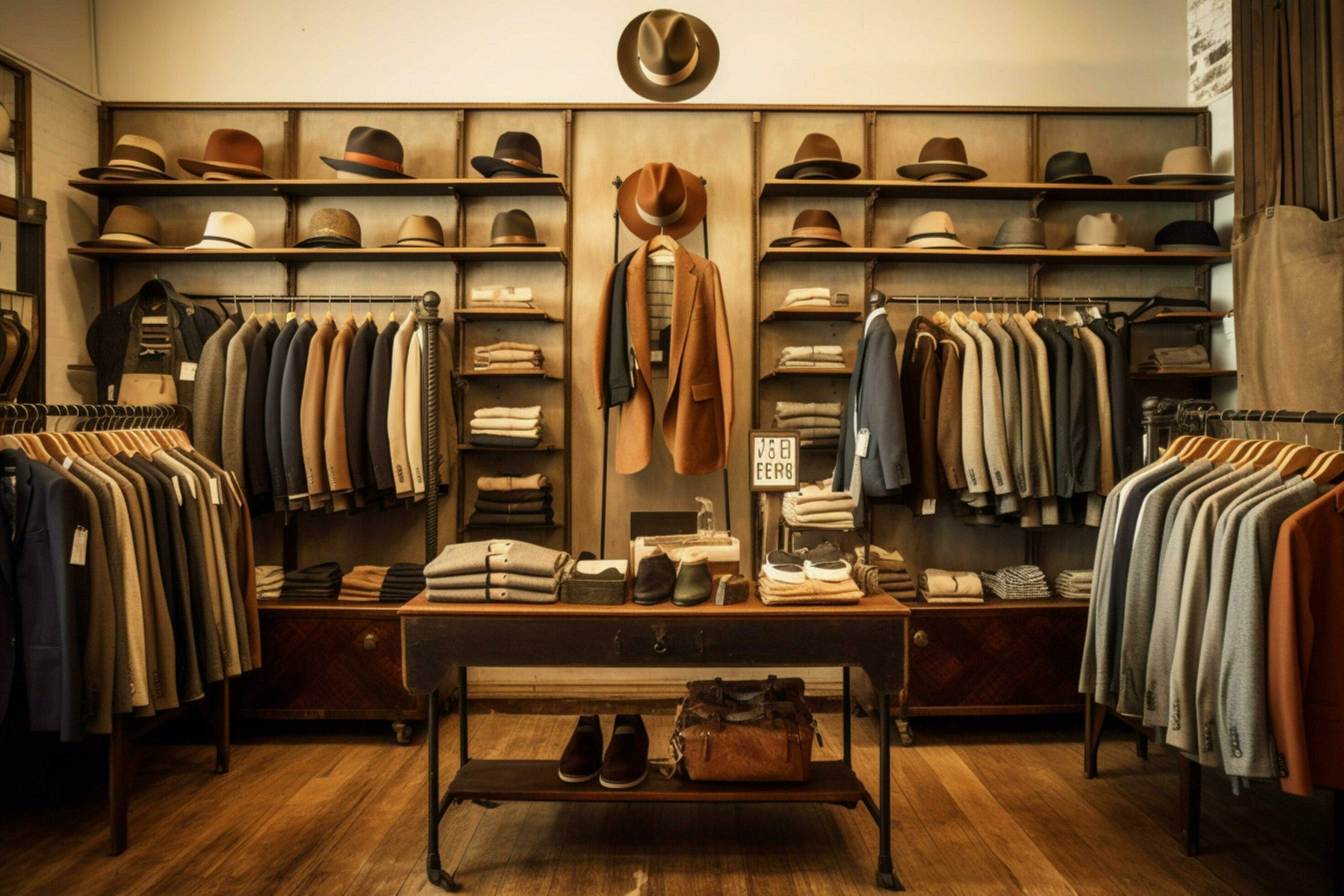The Rise of Online Buying: Searching For Boutique Fashion at Your Fingertips
A Deep Dive Into the Globe of High-Fashion Runways: Recognizing Clothes as Art
Designers, a lot like skillful artists, weave elaborate narratives via color, fabric, and type, challenging traditional standards and redefining charm standards. As we discover these sartorial spectacles, we must ponder: what role does fashion play in forming societal worths, and how does it mirror the ever-changing tapestry of human feeling and identity?
The Development of Runway Reveals
The trajectory of path shows has actually changed substantially over the decades, evolving from unique industry events to fascinating eyeglasses that blend style with art. Commonly, path shows made love events, held in ateliers or little places, largely participated in by buyers and sector experts. These early presentations concentrated on the garments' craftsmanship and business practicality, offering a straight and functional display screen of seasonal collections.
As the fashion market broadened, the nature of path programs started to alter. The 1970s and 1980s noted a transforming factor, with developers looking for to differentiate themselves via even more staged presentations.
Over the last few years, technology and social media sites have better revolutionized runway shows, making them accessible to a worldwide target market. Livestreaming and electronic systems have democratized fashion, allowing enthusiasts worldwide to witness these events in real-time (boutique fashion). This evolution reflects a broader social change, where high-fashion runways serve as a dynamic intersection of design, development, and performance
Designers as Visionary Artists
Developers in the high-fashion market have actually blurred the lines in between functional garment production and the conceptual world of art. By embracing imaginative self-controls such as sculpture, paint, and avant-garde setups, developers craft garments that challenge standard fashion norms and boost them to art forms.
Visionary developers attract inspiration from a myriad of resources, consisting of abstract art, historical recommendations, and individual narratives. They have an unique capability to visualize and emerge concepts that press the boundaries of conventional style, often redefining aesthetic standards in the process. This imaginative resourcefulness is showcased through significant silhouettes, innovative products, and detailed craftsmanship, which invite customers to experience fashion as even more than simply wearable items.
Furthermore, the path functions as a canvas for these musicians, where lights, songs, and set design coalesce to produce immersive experiences. These discussions are not merely display screens of clothing however are managed efficiencies that stimulate feeling and prompt idea, attesting the developer's role as a true artist in the contemporary cultural landscape.
Cultural Influences in Fashion
Cultural tapestry weaves its elaborate patterns into the textile of style, affecting designers globally. The vibrant interchange of social stories, traditions, and symbols informs and motivates collections that poise high-fashion runways.
The influence of society on style is frequently seen in the reinterpretation of traditional garments and patterns. For example, using Japanese bathrobes, Indian saris, or African prints in contemporary style shows a mix of cultural credibility and modern aesthetics. Designers such as Valentino's Pierpaolo Piccioli and Alexander McQueen's Sarah Burton have actually been known to include abundant cultural motifs right into their couture collections, translating background into wearable art.

Technology in Material and Layout
Development in textile and style continually improves the landscape of high-fashion, pushing limits and redefining possibilities. Designers are increasingly discovering the assimilation of innovation, such as 3D printing, which enables for the creation of complex structures that were formerly inconceivable.
Additionally, sustainability has actually come to be a pivotal theme in fabric advancement. The style market is observing a rise in making use of eco-friendly materials, stemmed from recycled plastics, natural fibers, and also naturally degradable elements. These developments not only provide new appearances and aesthetic appeals yet likewise address essential environmental concerns. Developers are embracing these products to craft garments that are both aware and aesthetically striking of their environmental impact.
In regards to design, avant-garde shapes and speculative kinds are continually transforming the runway. By integrating sophisticated strategies and unconventional materials, designers cultivate garments that blur the line in between style and art, setting new standards for creativity and expression in the high-fashion round.
Impact of Fashion on Society
Fashion possesses an extensive influence on culture, serving as both a reflection of social identity and a catalyst for social adjustment (boutique fashion). With its evolution, style has mirrored social shifts, encapsulating the zeitgeist of different eras.
Moreover, fashion has the power to bridge cultural voids, promoting understanding and appreciation amongst diverse teams. As globalisation accelerates, the cross-cultural exchange of style ideas comes to be progressively substantial, promoting inclusivity and variety. websites The increase of streetwear, stemming from urban subcultures, highlights how style can transcend socio-economic limits, granting individuals a method of self-expression and empowerment.
Essentially, style is not merely concerning looks; it is a dynamic force that affects values, mindsets, and social progress (boutique fashion). By constantly interacting with social and social currents, style stays an indispensable part of the collective human experience

Final Thought
Designers, akin to visionary musicians, manage collections that show identity, feeling, and social narratives, testing standard looks. This crossway of fashion and virtuosity not only captivates target markets check out here around the world but additionally influences societal assumptions and promotes a much deeper recognition for cultural variety.

Cultural tapestry weaves its detailed patterns right into the fabric of style, affecting developers worldwide.Style possesses an extensive influence on society, serving as both a representation of social identification and a catalyst for social modification.